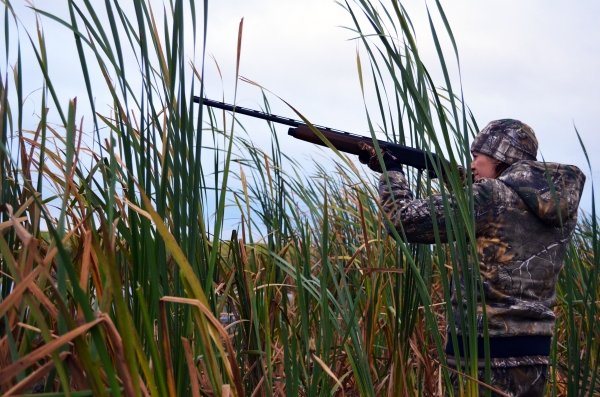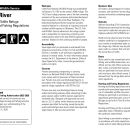
The refuge in the Little River floodplain serves to conserve one of the last remnants of the floodplain’s once-extensive bottomland hardwood forest ecosystem. The refuge is a wetland complex composed of forested overflow bottoms and riparian riparian
Definition of riparian habitat or riparian areas.
Learn more about riparian forests of the Little and Mountain Fork Rivers. Little River National Wildlife Refuge still contains old oxbow lakes, sloughs and flooded timber that once typified this part of Oklahoma. The forested wetlands draw large flocks of mallard as well as gadwall, wigeon and teal each fall. Waterfowl hunters can hunt these species on oxbow lakes, sloughs and flooded forested wetlands. Hunters should not overlook upland game hunting, which can be done in the afternoon following a morning waterfowl hunt. Upland game hunters can pursue gray and fox squirrels, cottontail and swamp rabbits, raccoon, beaver and turkey. The refuge offers archery hunting opportunities for white-tailed deer and turkey, as well as controlled gun hunts offered through the Oklahoma Department of Wildlife Conservation's Controlled Hunt Program. Non-native feral hogs (exotics) can be taken during daylight hours of any established refuge hunt with legal weapons and permits (if required) for the current hunt season. A hunter moving quietly through the forest will find all of these species in abundance. Incidental take of beaver and coyote during other hunts is permitted.
Participants in the hunt should watch this hunter orientation presentation before their scheduled hunt.

